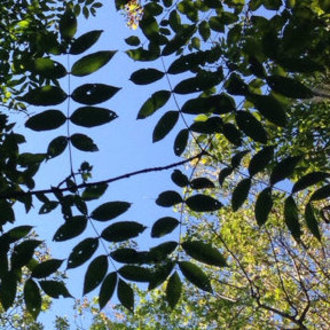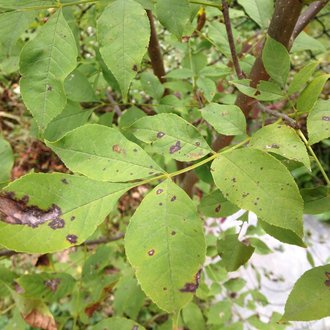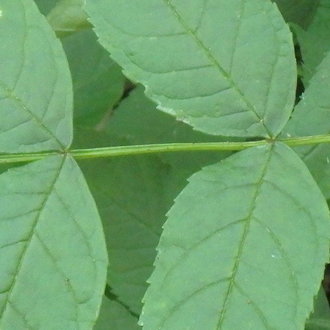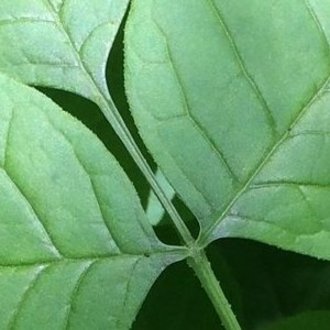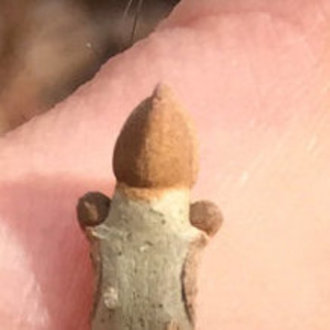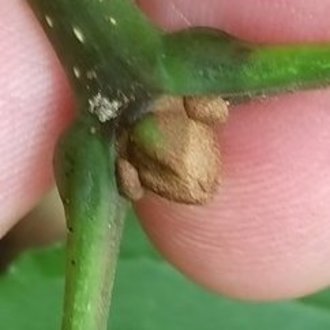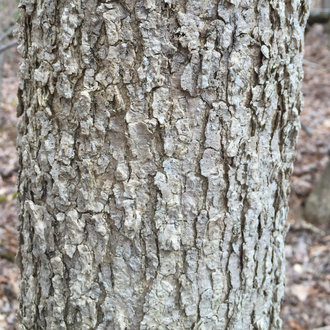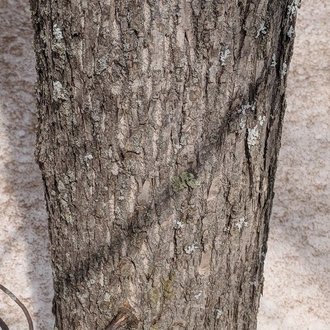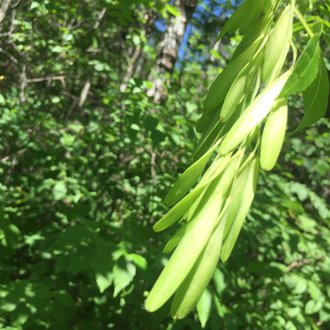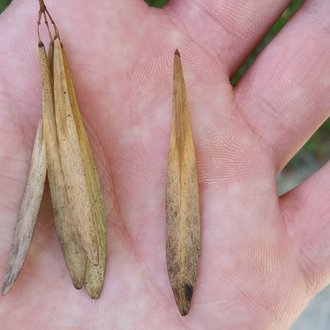Black Ash vs Green Ash
Black and green ash are sometimes confused where their ranges overlap, but they are usually easily distinguished by several different characteristics. Both are found in poorly-drained, wet habitats, but black ash occupies a later stage of succession whereas green ash is more of a pioneer species.
Black Ash (Fraxinus nigra) | Green Ash (Fraxinus pennsylvanica) |
A tree native to eastern North America, with a northerly distribution; often found in climax communities on wet, poorly-drained sites. | A widely-distributed tree found mostly in floodplains, riparian areas, and swamps, and occasionally found on drier sites; severely threatened by the emerald ash borer. |
Leaves may have up to 11 leaflets; 9-11 is frequent. Photo © Charlie Hohn, CC BY 4.0. | Leaflets usually have at most 9 leaflets, commonly have 7 or fewer. Photo © jerr17, CC BY 4.0. |
Leaflets sessile, directly attached to the central stalk of each leaf, with no petiole or stem. Photo © botany08, CC BY 4.0. | Leaflets taper at the base to a short, winged petiole. Photo © Derek, CC BY 4.0. |
First two side buds separated from terminal bud by a length of twig. Photo © Norris Muth, CC BY 4.0. | First two side buds flush up against terminal bud. Photo © Daniel McClosky, CC BY-SA 4.0. |
Bark of mature trees covered in irregular, scaly plates, flaking off extensively. Photo © Norris Muth, CC BY 4.0. | Bark somewhat scaly, but less flakey. Photo © Nate Martineau, CC BY 4.0. |
Seed is strongly flattened and hardly thicker than the wing of the samaras; seed often not even visible in photographs. Photo © Mary Krieger, CC BY 4.0. | Seed is much thicker than the winged portion of the samara, stands out visibly in photographs. Photo © cwarneke, Public Domain. |
References & External Resources
These short lists show only links helpful for ID. For a complete list of references and resources also covering other aspects of ecology, visit the links section of the full article on each plant, which is the first entry here.



